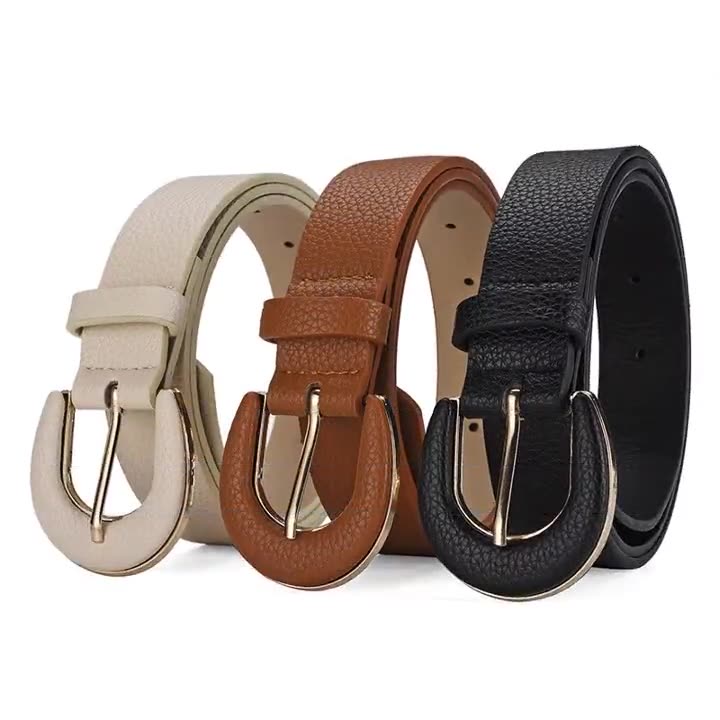Taking good care of your belts can significantly prolong their lifespan and keep them looking great for years to come. Here are some tips for maintaining your belts:
- Rotate Your Belts: If you have multiple belts, rotate them regularly. This prevents overuse of a single belt and distributes the wear and tear more evenly among your collection.
- Store Properly: Hang your belts on a belt rack or coil them loosely in a drawer to prevent creases and distortion. Avoid hanging them on hooks for extended periods, as this can cause stretching and misshaping.
- Keep Them Clean: Regularly wipe down your belts with a damp cloth to remove dust, dirt, and any surface stains. For leather belts, occasionally use a leather cleaner and conditioner to keep the material supple and prevent cracking.
- Avoid Excessive Moisture: Leather belts are particularly sensitive to moisture. Avoid wearing them in heavy rain or exposing them to excessive humidity, as this can cause the leather to warp, mold, or mildew. If your belt gets wet, let it air dry naturally away from direct heat sources.
- Handle with Care: Be gentle when handling your belts, especially when buckling and unbuckling them. Avoid pulling too hard on the belt holes or bending the belt excessively, as this can cause damage over time.
- Protect from Sunlight: Direct sunlight can fade and weaken the color of leather belts over time. Store your belts away from direct sunlight when not in use, and consider using a protective spray or conditioner with UV protection to minimize damage.
- Maintain Hardware: Check the hardware (buckles, studs, etc.) on your belts periodically for any signs of damage or loosening. Tighten loose screws or replace damaged hardware to prevent further issues.
- Trim Excess Length: If your belt has excess length beyond the last hole, consider trimming it to avoid unnecessary stress on the belt and buckle. Most belts can be trimmed easily with a pair of sharp scissors or a utility knife.
- Repair Promptly: Address any minor issues such as loose stitching or small scratches promptly before they worsen. Small repairs can often be done at home with a leather repair kit or taken to a professional for assistance.
- Follow Manufacturer’s Instructions: If your belt came with care instructions from the manufacturer, follow them closely. Different materials and finishes may require specific care methods to maintain their quality.
By following these tips, you can help ensure that your belts remain in excellent condition and continue to complement your outfits for years to come.









